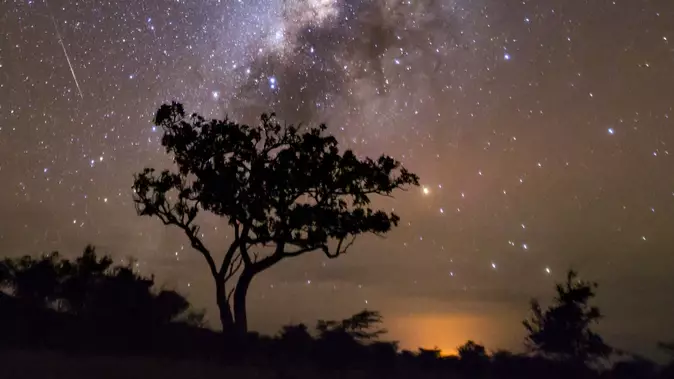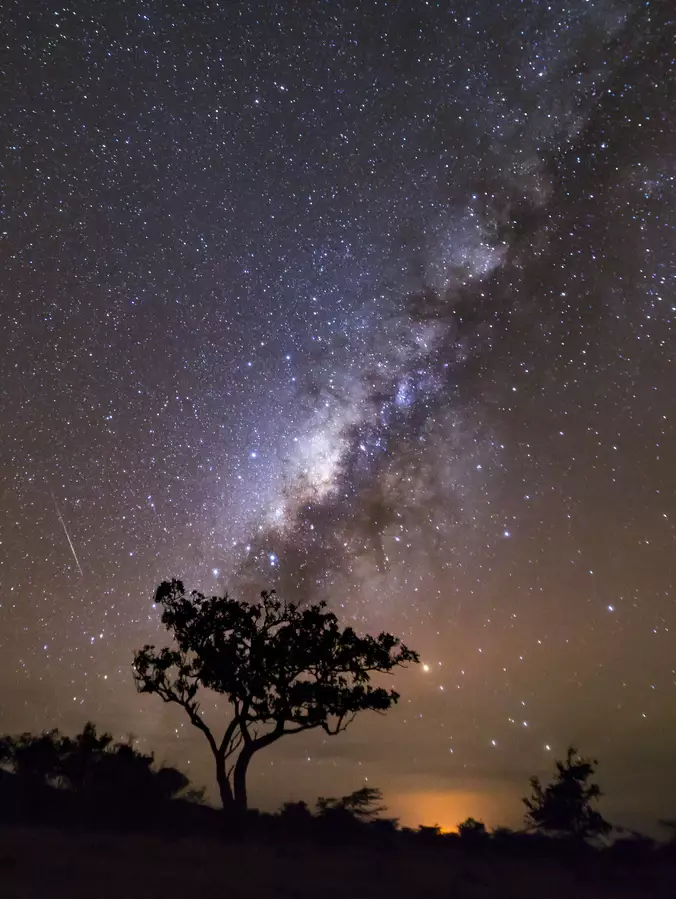
Star gazers, assemble!
The Eta Aquarid meteor shower peaks tonight, offering the chance to spot a shooting star.
The annual meteor shower stretches from 19th April to 28th May, giving breath-taking displays that even amateur observers can spot in the night skies.
Advert
According to Bill Cooke, who leads NASA's Meteoroid Environment Office, the peak of the shower should happen in the hours before dawn on May 5th. It's during this time that the meteors are most visible.
NASA describe the meteors as "a stream of litter left behind by Comet Halley, which is the most famous periodic comet, coming around every 76 years."
These pieces of Comet Halley move at speeds of up to 70 kilometres per second. They are essentially bits of debris which enter our planet's atmosphere, causing streaks of light.

Halley is a well-known comet that can be viewed from Earth approximately every 76 years.
Advert
NASA explain: "Comet Halley takes about 76 years to orbit the sun once.
"The last time comet Halley was seen by casual observers was in 1986.
"Comet Halley will not enter the inner solar system again until 2061."
Want to catch the peak?
Advert
The Eta Aquarids can be seen in both the Northern and Southern hemispheres.
The point in the sky from which the shower appears to come from - also known at the radiant - is the constellation Aquarius.

In the UK, the shower should appear low in the sky in the early pre-dawn hours.
Advert
Sky-gazers can catch the best display between the hours of 2am or 3am.
Essentially, the darker the sky, the more viewers will see, and during the pre-dawn hours there is the least amount of light from the moon to obstruct the show.
Ideally, you'll need to find a viewing point that's away from bright city lights and street lamps.
Be sure to turn off the lights in your house - and wrap up warm if you're heading out into the garden.
Advert
During the peak, there could well be up to 60 meteors every hour. These often display long, glowing trains.
Remember to set your alarms, earthlings.
Featured Image Credit: Unsplash